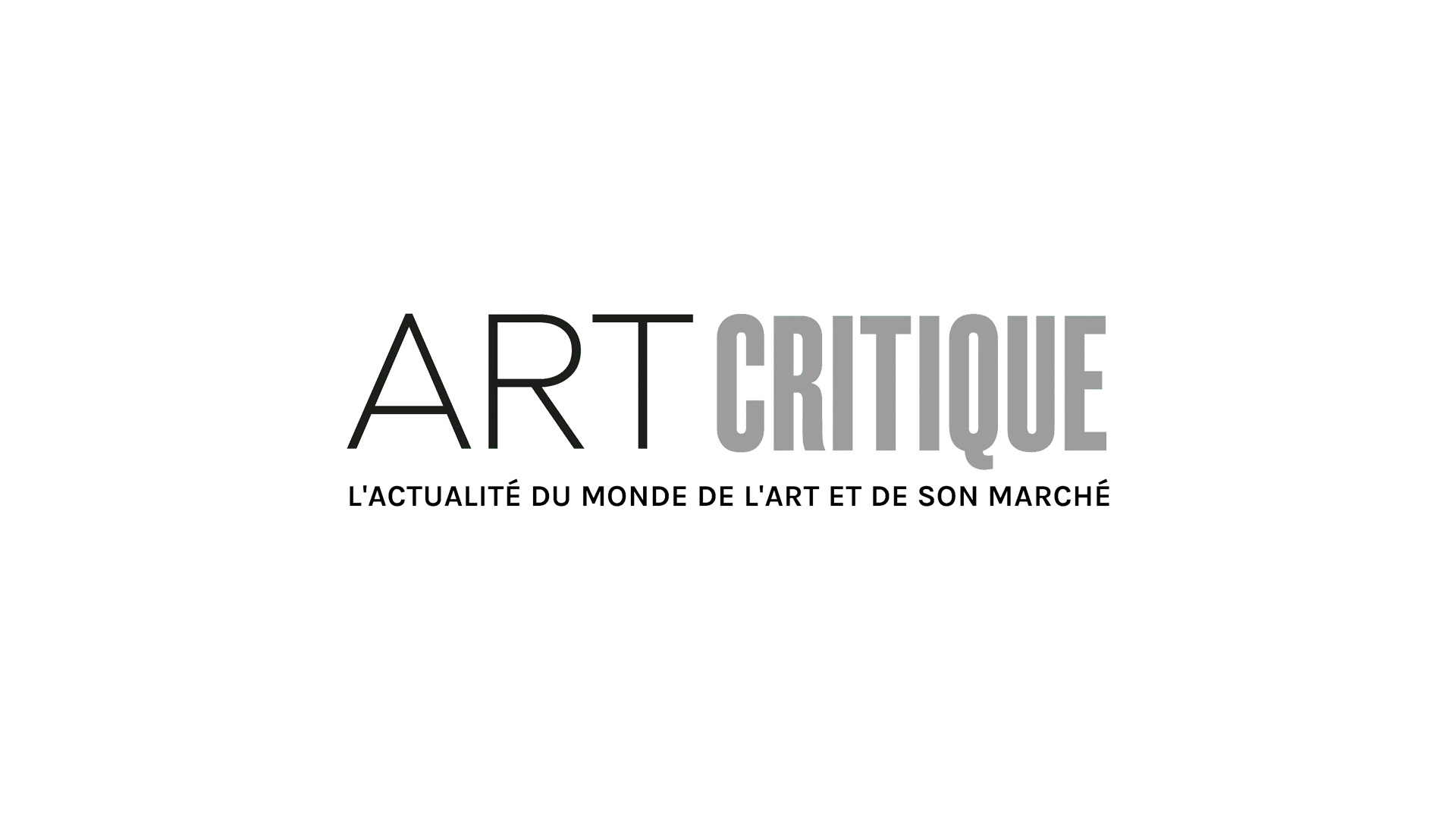The Wellcome Collection’s newest free exhibition puts architecture and design in the lime light in ‘Living with Buildings’ which runs until 3 March 2019. With focus on the architecture of wellbeing, particularly concerning the development of medical institutions and their architecture, the flow of the exhibition is somewhat stunted but the overall show is beautiful.
The interdisciplinary approach to the exhibition makes way for blue prints, artworks, film, and architectural models. The layout and flow of the low-lit spaces combined with the attention to detail in colour palette – created by artist Giles Round specifically for ‘Living with Buildings’ – creates a gallery that verges on cosy despite the fact that its subject matter is that which is not normally associated with the adjective.
The tragedy of London’s Grenfell fire sets a grim tone for the start of the exhibition as a photo of the estate greets visitors. The first part of ‘Living with Buildings’ focuses on the destitute living conditions of the poor in and around London in the 1800s. Books, prints, and maps set the stage for what life was like during the Industrial Revolution. An 1889 map by Charles Booth showing the distribution of wealth in London becomes a focal point in the first gallery and an interactive version of the map can be found here.
Visitors then move into the hygiene-interested late 19th and early 20th centuries and the Modernist language of architecture that heavily influenced post World War II London. Behold: the high-rise estates that are synonymous with most large cities. Photographs and films discussing life in and after such estates and the political and money-driven demolition of many estates tries to touch on gentrification and the need to improve standards in the wake of Grenfell. In trying cover so much ground, though, neither issue is really fleshed out.
This is where the exhibition seems to split. We move from living conditions and wellbeing to the evolution of medical architecture, particularly that of sanitariums that were developed to better healthcare in the 20th century.
Reflecting on a pre-NHS London, the second half of the exhibition briefly looks at how health care was carried out. From homes, to tent cities, to ‘cottage hospitals’, it is obvious that the spaces for caring for the sick were reactionary rather than precautionary. Probably most exciting, though, is the final area of ‘Living with Buildings’ where the development of organized health care facilities, like London’s Finsbury Health Centre designed by Berthold Lubetkin, and Alvar Aalto’s sanitarium in Paimio, Finland. Thus the focus shifts to the creation of areas that are as elegant as they are functional.
‘Living with Buildings’ brings together a plethora of mediums from propaganda-like advertisements to large scale models. The exhibition’s organization leads to two sections that feel dissident except for the underlying theme of wellbeing. By the end of ‘Living with Buildings’ it is easy to forget that the journey started in 19th century slums. However, the overall exhibition is a stunning reprieve from the buildings of London.





